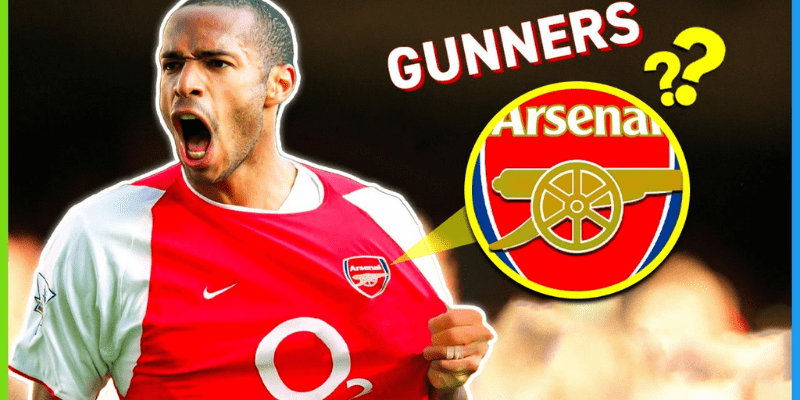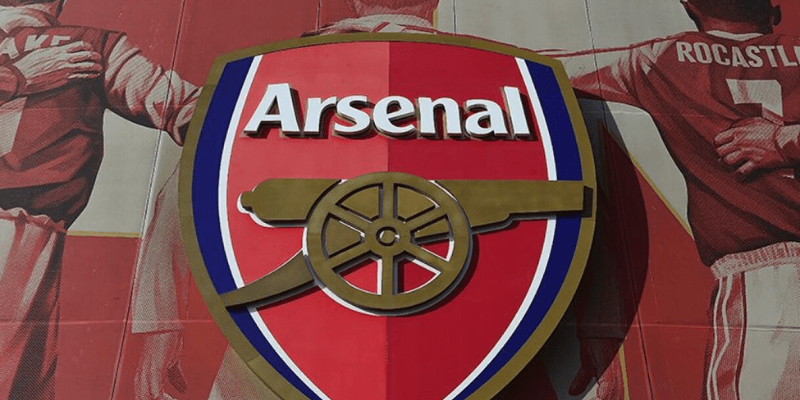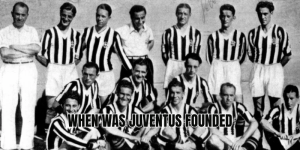Why Is Arsenal Nicknamed The Gunners? The nickname resonates deeply with history, identity, and passion. In this article, KorKick will accompany you into the roots of Arsenal’s famous moniker, exploring how a club founded by munitions workers became forever bound to the imagery of artillery. We’ll uncover legend and fact, trace the evolution of badge and nickname, and examine how “The Gunners” lives on today.
Origins in Woolwich: birth of the cannon-men

To understand why is Arsenal nicknamed The Gunners, we need to journey back to London in 1886. A group of fifteen workers from the Royal Arsenal munitions factory in Woolwich formed a club named Dial Square in December of that year. These men were not career footballers, but craftsmen, engineers, tradesmen—employees of a factory that produced artillery, ammunition, and armaments for the British military.
Within a month, the club renamed itself Royal Arsenal, formally linking itself to its industrial birthplace. Because the club’s earliest players and founders had direct ties to the factory forging weapons, the connection to guns, cannons, and artillery was obvious. Over time, the press, supporters, and rival clubs began referring to the team as “the Gunners” — shorthand for those born of the armaments works.
This is not myth. Even in official club history, Arsenal confirms that “The Gunners” is “woven into the history” of its founding, rooted in the factory origins of its first members.
The badge, the cannon, and the imagery
A nickname needs a visual identity, and for Arsenal that came in the form of the cannon.
- In 1888, the club adopted a crest displaying three cannons viewed from above, pointing northwards.
- After the move, the cannon motif was simplified; in 1922, a single cannon facing east became a standard element.
- Later versions reversed or slimmed the cannon, but never dropped it — it remained a constant reminder of their roots.
- Over time, the club sometimes included the word “Gunners” near the cannon on the badge, reinforcing the link between name and imagery.
This persistent use of a weapon on the badge ensures that every time fans don the shirt, the identity “Gunners” is etched visually into Arsenal’s essence.
From Woolwich to North London: nickname survives relocation

In 1913, Arsenal made a controversial and bold move: relocating. Along with the move came a name change — first Woolwich Arsenal, then eventually just Arsenal — but the nickname The Gunners remained untouched.
Relocation didn’t sever the historical connection. Instead, it allowed the club to expand its fanbase in a more central location while carrying forward its identity. The moniker Gunners had already become too entrenched in the club’s narrative to abandon.
From Gunners to Gooners: fans find their voice
Fans often adopt variations of the club nickname, and Arsenal is no exception. Because supporters were collectively known as “the Gunners” too, a more organic term evolved: “Gooners.”
There are a few theories about this adaptation:
- Some say it was simply a phonetic corruption of “Gunners” in vernacular speech.
- Others link it to the club’s legendary manager Herbert Chapman, whose speech or local dialect may have influenced how supporters referred to themselves.
- In any case, “Gooners” is now ubiquitous — you’ll see it in chants, on banners, and in fan culture worldwide.
Most club sources accept that “Gooners” is derivative but inseparable from “Gunners.” The two are siblings in Arsenal identity — one for the club, one for the people.
Does “Gunners” still make sense today?

More than a century later, why is Arsenal nicknamed The Gunners is no longer just a historical footnote — it is a living brand, a rallying cry, an emotion. But does the moniker still suit a modern football club?
I believe it does, for several reasons:
- Heritage: It connects today’s global powerhouse to its humble, working-class roots in London’s industrial heart.
- Symbolism: The cannon symbolizes strength, power, precision — qualities every football team aspires to.
- Continuity: Every iteration of the badge, kit, and branding has kept the cannon at its core.
- Fan culture: The chants “Come on you Gunners!” reverberate worldwide, and “Gooners” still unites the global fanbase.
Even as players, finances, and stadiums change, the identity of Arsenal as The Gunners remains firm.
Famous “Gunner” moments: when nickname met history
Over time, several iconic moments have reinforced the nickname:
- During Arsenal’s unbeaten 2003–04 “Invincibles” season, the image of the cannon atop the crest became inseparable.
- In kit anniversaries and heritage editions, the club often reverts to cannon-only logos — a nod to the Gunners identity.
- Chants, murals, and club merchandising consistently emphasize “Gunners,” ensuring every generation hears it loud and clear.
These moments are proof that the nickname is not just historical trivia — it is lived, felt, and celebrated.
Final Thoughts
In this article, KorKick has revealed why is Arsenal nicknamed the Gunners, tracing the name back to a munitions factory, exploring its visual identity, and watching it evolve into the fan culture we know today. The nickname is more than a label — it’s a living narrative, connecting a 19th-century workshop to global stadiums.
If you’re hungry for more, dive next into Arsenal’s badge evolution, read stories of legendary Gunners like Thierry Henry or Tony Adams, or explore how other clubs got their own nicknames. Above all — next time you’re in a terrace and you hear “Come on you Gunners!”, you’ll know the full story behind the cry.






